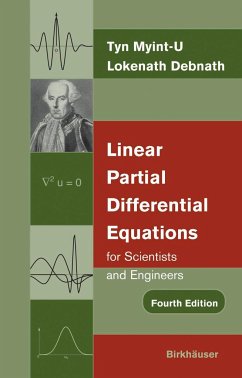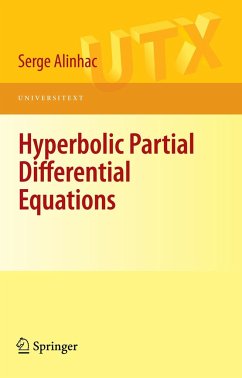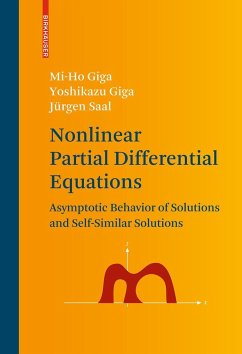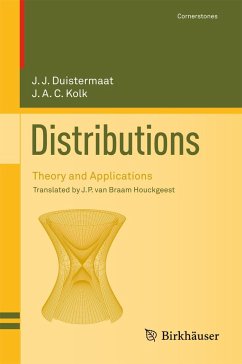
Partial Differential Equations: Second Edition

PAYBACK Punkte
0 °P sammeln!
This book offers a self-contained introduction to partial differential equations (PDEs), primarily focusing on linear equations, and also providing perspective on nonlinear equations. The treatment is mathematically rigorous with a generally theoretical layout, with indications to some of the physical origins of PDEs. The Second Edition is rewritten to incorporate years of classroom feedback, to correct errors and to improve clarity. The exposition offers many examples, problems and solutions to enhance understanding. Requiring only advanced differential calculus and some basic Lp theory, the ...
This book offers a self-contained introduction to partial differential equations (PDEs), primarily focusing on linear equations, and also providing perspective on nonlinear equations. The treatment is mathematically rigorous with a generally theoretical layout, with indications to some of the physical origins of PDEs. The Second Edition is rewritten to incorporate years of classroom feedback, to correct errors and to improve clarity. The exposition offers many examples, problems and solutions to enhance understanding. Requiring only advanced differential calculus and some basic Lp theory, the book will appeal to advanced undergraduates and graduate students, and to applied mathematicians and mathematical physicists.












